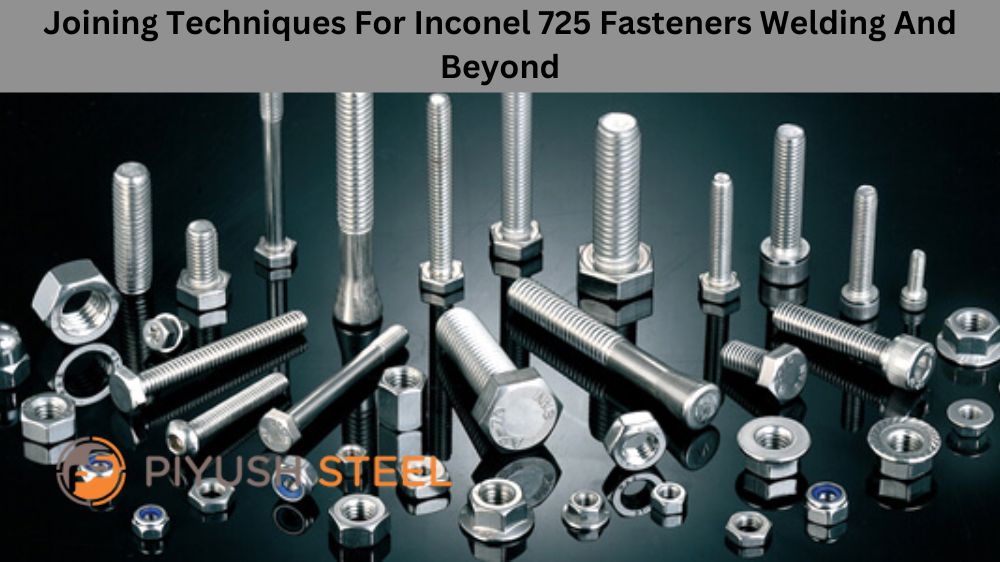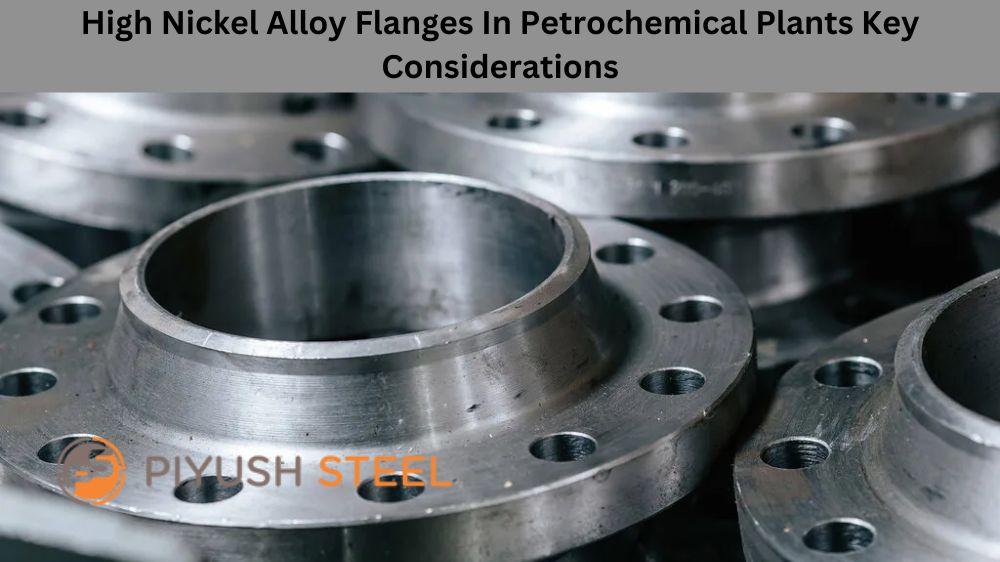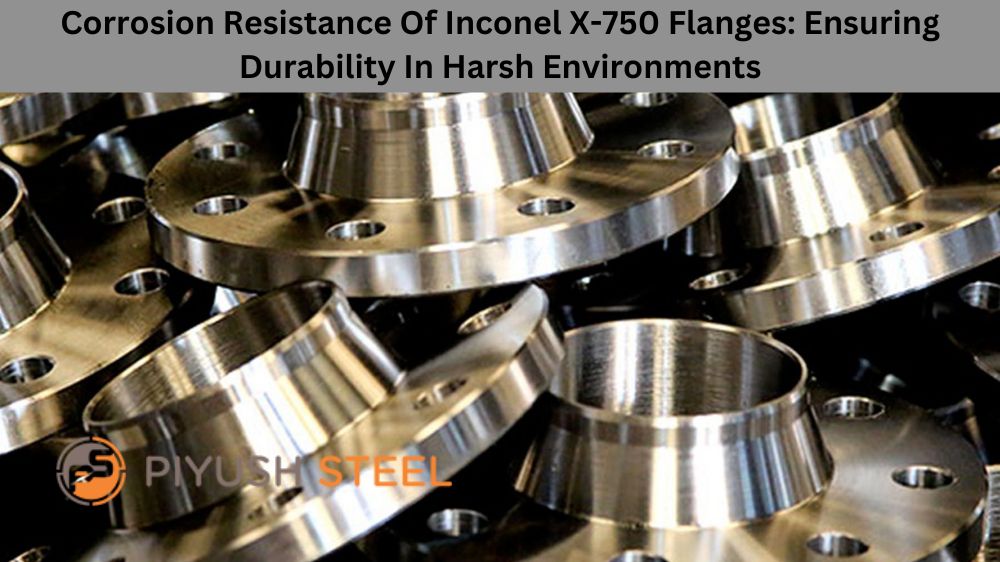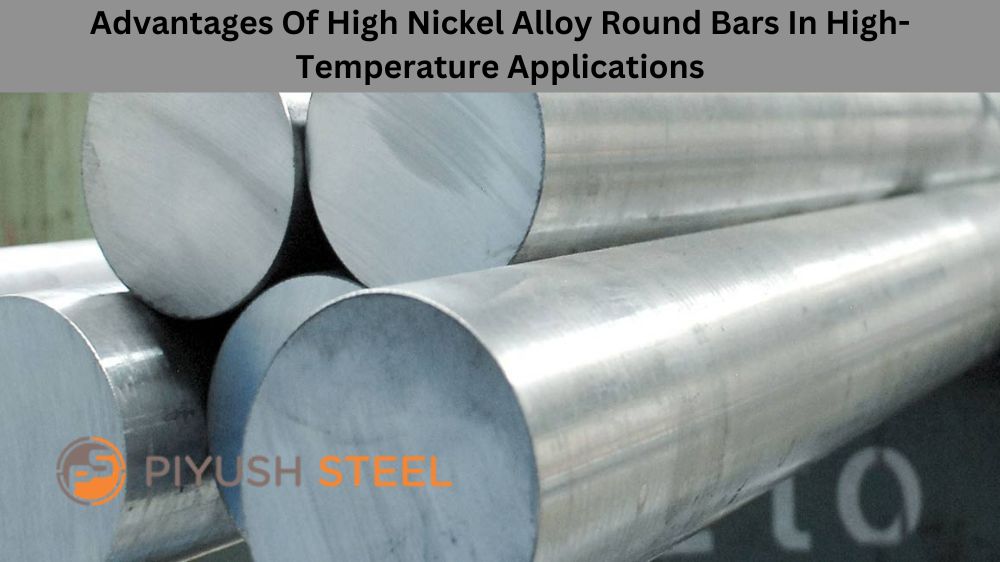Challenges And Solutions Overcoming Issues In Nickel 200 Plate Applications
Nickel 200 Plate applications play a crucial role in various industries and have been used for years due to their exceptional corrosion resistance, thermal and electrical conductivity, and mechanical strength. However, these plates still encounter certain performance issues, even with their numerous benefits. In this blog post, we will delve into some of the challenges faced in nickel 200 plate applications and how to overcome them.
What Is Nickel 200 Plate?
Nickel 200 Plate is a commercially pure wrought nickel alloy with excellent mechanical properties and corrosion resistance. Its high nickel content makes it highly resistant to various chemicals, including acids, alkalis, and seawater. In addition, it can withstand extreme temperatures up to 600°C without losing its strength. Its versatile nature makes it suitable for various industrial applications such as chemical processing, electrical components, marine equipment, etc. With its exceptional properties and wide range of applications, Nickel 200 Plate is considered the go-to choice for many industries globally.
Handling And Fabrication Challenges
Nickel 200 plates are relatively soft, which makes them susceptible to damage during handling and fabrication. This can lead to edge cracking, deformation, and warping issues. Handling the plates carefully by using proper equipment and minimizing handling only when necessary is essential to overcome these challenges. The plates should also be fabricated at temperatures above 550°C to ensure they remain soft and do not harden up, leading to increased susceptibility to cracking. Controlled and uniform heating should also minimize deformation or warping during fabrication.
Welding Challenges
Nickel 200 plates can be easily welded using various methods, including MIG, TIG, and SAW welding. However, welding can create residual stress that can lead to cracking or deformation in the plates and affect their performance. To overcome this challenge, it is essential to use proper welding techniques that minimize the heat input and stress on the plates during welding. The plates should also be preheated to reduce the cooling rate and prevent rapid temperature changes, leading to thermal stress. Post-weld heat treatment can also be employed to alleviate residual stress and improve the performance of the plates.
Corrosion Challenges
Nickel 200 plates are known for their exceptional corrosion resistance, particularly in high-temperature and acidic environments. However, certain factors can affect their performance, leading to corrosion issues. One of these factors is crevice corrosion, which can occur in areas where stagnant solutions accumulate due to poor design or fabrication. Another factor is galvanic corrosion, which happens when nickel 200 plates come into contact with other metals or alloys with different electrochemical potentials, leading to accelerated corrosion. To overcome these challenges, it is essential to employ proper design and fabrication techniques to prevent the accumulation of stagnant solutions, use proper coatings or inhibitors to prevent galvanic corrosion, and use nickel 201 plates with higher corrosion resistance for critical applications.
Temperature Challenges
Nickel 200 plates exhibit excellent thermal conductivity and can withstand temperatures up to 550°C. However, prolonged exposure to temperatures above 315°C can harm their mechanical and corrosion resistance properties. To overcome this challenge, it is essential to use proper temperature controls during fabrication and avoid prolonged exposure to temperatures above 315°C. Nickel 201 plates with enhanced thermal stability can also be used in critical applications that require higher temperature resistance than nickel 200 plates.
Conclusion
Nickel 200 Plate applications have been used for years due to their exceptional properties. However, they still encounter various challenges affecting their performance. These challenges can be overcome by implementing proper handling and fabrication techniques, welding procedures, corrosion prevention methods, and temperature control measures to ensure optimal performance of nickel 200 plates in various applications.









